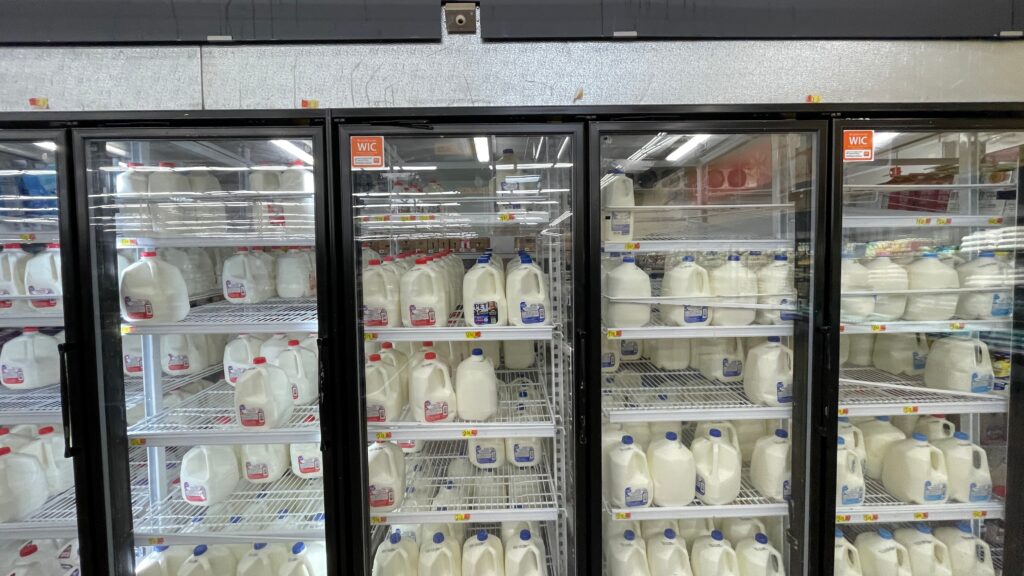Extensive testing of pasteurized commercially purchased milk and other dairy products from 38 states has found no evidence of live H5N1 bird flu virus, U.S. Food and Drug Administration officials said at a press briefing Wednesday.
The results confirmed findings of earlier testing of a more limited number of samples and add weight to the FDA’s conclusion that pasteurized milk products are safe for consumption despite a widespread outbreak of cows infected with H5N1.
advertisement
“These additional, preliminary results further affirm the safety of the U.S. commercial milk supply,” Donald Prater, acting director of the FDA’s Center of Food Safety and Applied Nutrition, told reporters.
Last week, the FDA announced it had conducted PCR testing in 96 commercially purchased milk products and found genetic traces of the H5N1 virus in one in five samples, but that early data showed no live virus. On Wednesday, the agency reported results from testing of a further 201 products, which included cottage cheese and sour cream, in addition to milk. Any PCR-positive samples were then injected into embryonated chicken eggs, to see whether any active virus could be grown — the gold standard test for assessing the viability of an influenza virus. None of the samples produced viable, replicating virus, Prater said.
The 297 samples FDA has tested so far represent dairy products from 38 states. In addition, several samples of retail powdered infant formula as well as other powdered milk products. All PCR results from these products were negative. The agency did not disclose when it plans to make its full analysis, including which products were purchased from which states, available to the public.
advertisement
Bolstering the FDA’s data, academic researchers at the Ohio State University and St. Jude Children’s Research Hospital told STAT Tuesday night that their own study of 58 PCR-positive milk samples taken from Texas, Kansas, and eight other states in the Midwest also failed to turn up any evidence that H5N1 can survive the pasteurization process.
“It was pretty much what we were expecting,” said Richard Webby, an influenza virologist at St. Jude whose laboratory conducted the viral growth experiments — in mammalian cell lines as well as embryonated chicken eggs. The samples they tested had varying levels of viral RNA, from very low to pretty large amounts, Webby said. Although it was nothing like what’s been seen coming off the udders of infected cows. “Certainly, the viral load is getting diluted,” he said.
But there was still enough RNA in the samples they were testing that if those levels had represented real, viable virus, he would have expected to be find it.
“If these samples had full virus particles capable of replication we would have expected to see growth in cells and eggs, which we did not see. The conclusion is we simply don’t think there’s any replicating virus in these samples. What we’re finding are probably just remnants of the virus.”

